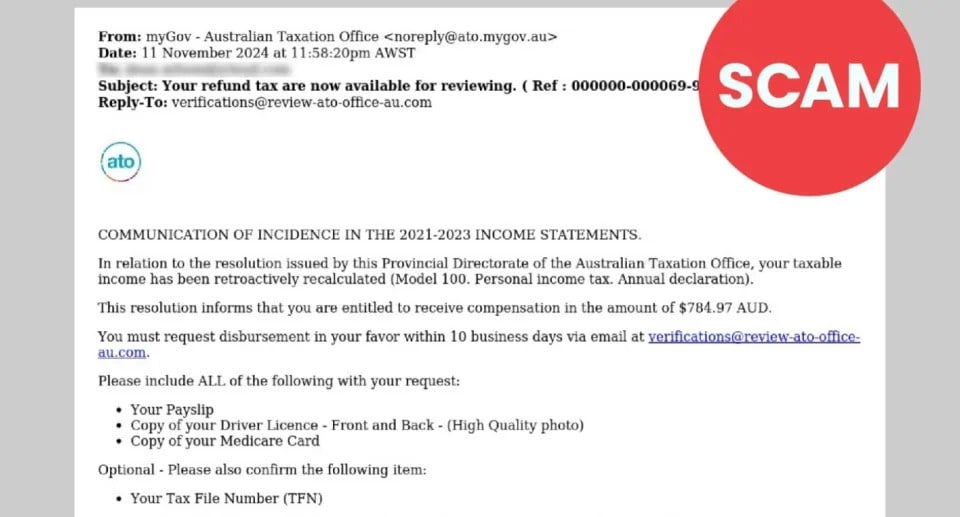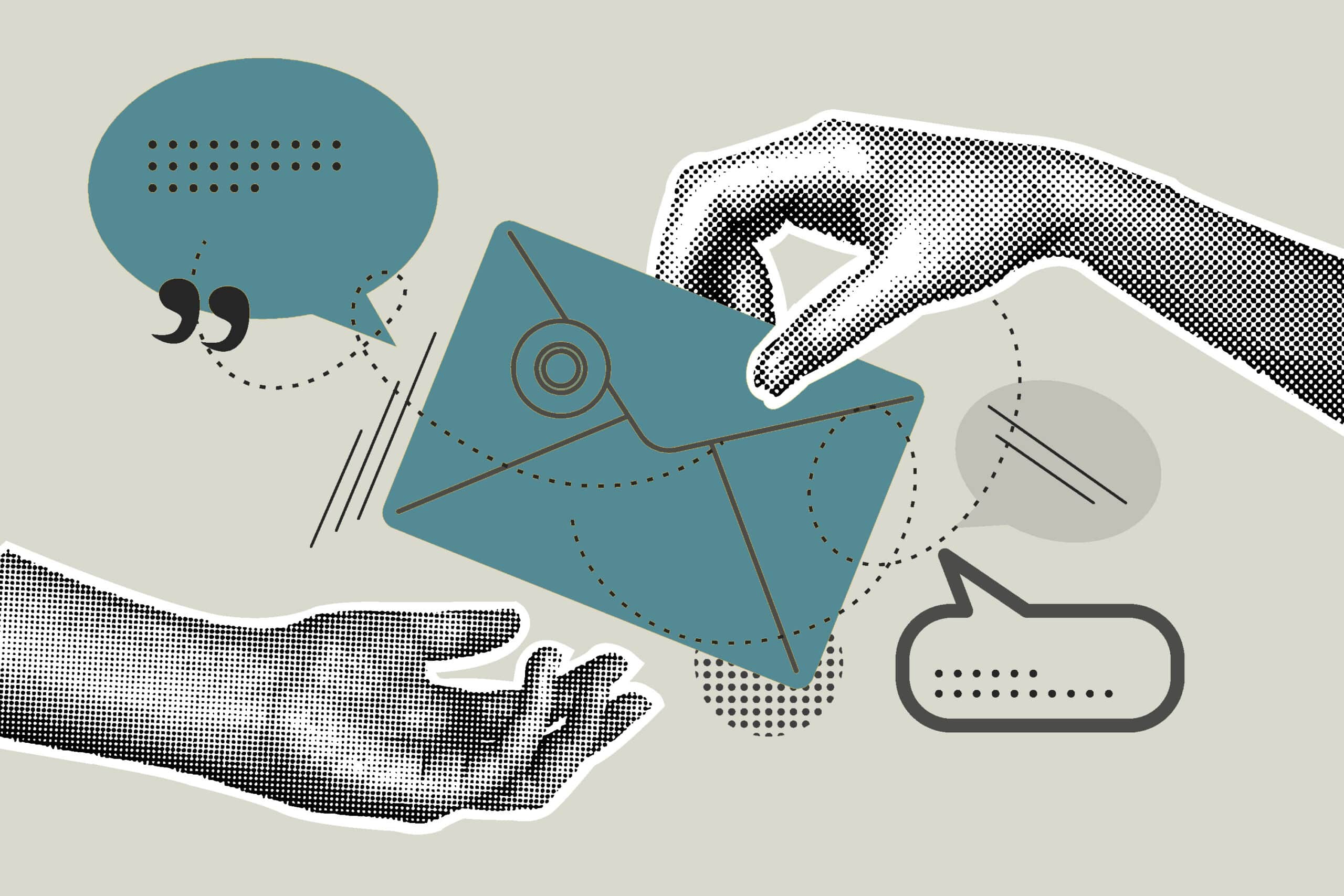Scammers are ramping up their attacks on Australians, impersonating the Australian Taxation Office (ATO) and promising fake tax refunds to trick people into handing over personal details. With tax scams on the rise, authorities are urging Aussies to stay vigilant and avoid falling victim to these sophisticated frauds.
The Scam That’s Hitting Inboxes
Aussies are being bombarded with scam emails claiming they are entitled to a $11,790 tax refund. The emails, designed to look official, instruct recipients to verify their payment details by clicking on a “secure link” to ensure “accurate and timely payment.”
However, this is a trap. Clicking the link could expose users to identity theft, malware, or direct financial fraud.
According to an ATO spokesperson, these scams are among the most commonly reported fraud attempts targeting Australians.
“ATO and myGov-themed email phishing scams are on the rise. The ATO may use SMS or email to ask taxpayers to contact us, but we will never send an unsolicited message containing a hyperlink to log on to online services.”

How Many People Are Being Targeted?
The scale of these scams is alarming.
- In December alone, the ATO received 4,866 reports of impersonation scams.
- A staggering 90% of these scams were email-based.
- While no payments were made to scammers last month, many older Australians (65+) reported providing personal details.
This suggests scammers are specifically targeting vulnerable Australians, hoping to exploit trust in government agencies.
Other Scam Variations Circulating
The tax refund scam is not the only one hitting inboxes.
Other phishing attempts include emails claiming that an individual’s taxable income has been recalculated and they are entitled to compensation. The fraudsters then request personal details such as:
- Payslips
- Tax file number (TFN)
- Driver’s licence
- Medicare details
With this information, scammers can commit identity fraud, take out loans in someone else’s name, or even access government services illegally.
What Should You Do If You Receive a Scam Email?
The ATO is urging Australians to take a cautious approach and follow the “stop, check, and protect” method:
- STOP – Don’t click on any links or reply.
- CHECK – Contact the ATO directly at 1800 008 540 to verify any claims.
- PROTECT – If you suspect a scam, forward the email to ReportScams@ato.gov.au.
Dodgy Tax Schemes Are Also on the Rise
It’s not just phishing emails causing concern—dubious tax schemes are spreading across social media, promising massive tax reductions or complete tax avoidance.
The ATO’s acting deputy commissioner, Sarah Taylor, has issued a stark warning:
“We don’t want to see honest people lured into unlawful tax schemes with false promises of high returns and tax savings – if an offer seems too good to be true, it probably is.”
Australians who fall for these illegal schemes risk:
- Losing hard-earned money
- Paying back taxes with interest
- Facing heavy penalties
How to Stay Safe from Tax Scams
- Ignore unsolicited emails claiming you’re owed a tax refund.
- Never click links or provide sensitive information via email or text.
- Verify directly with the ATO through official contact numbers and channels.
- Report suspicious activity to help prevent others from falling victim.
With tax scams growing more sophisticated, Australians must stay alert. If something feels too good to be true, it probably is.









